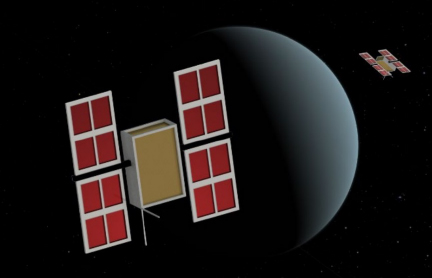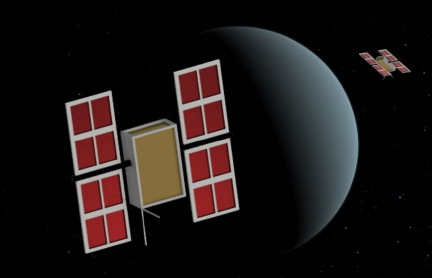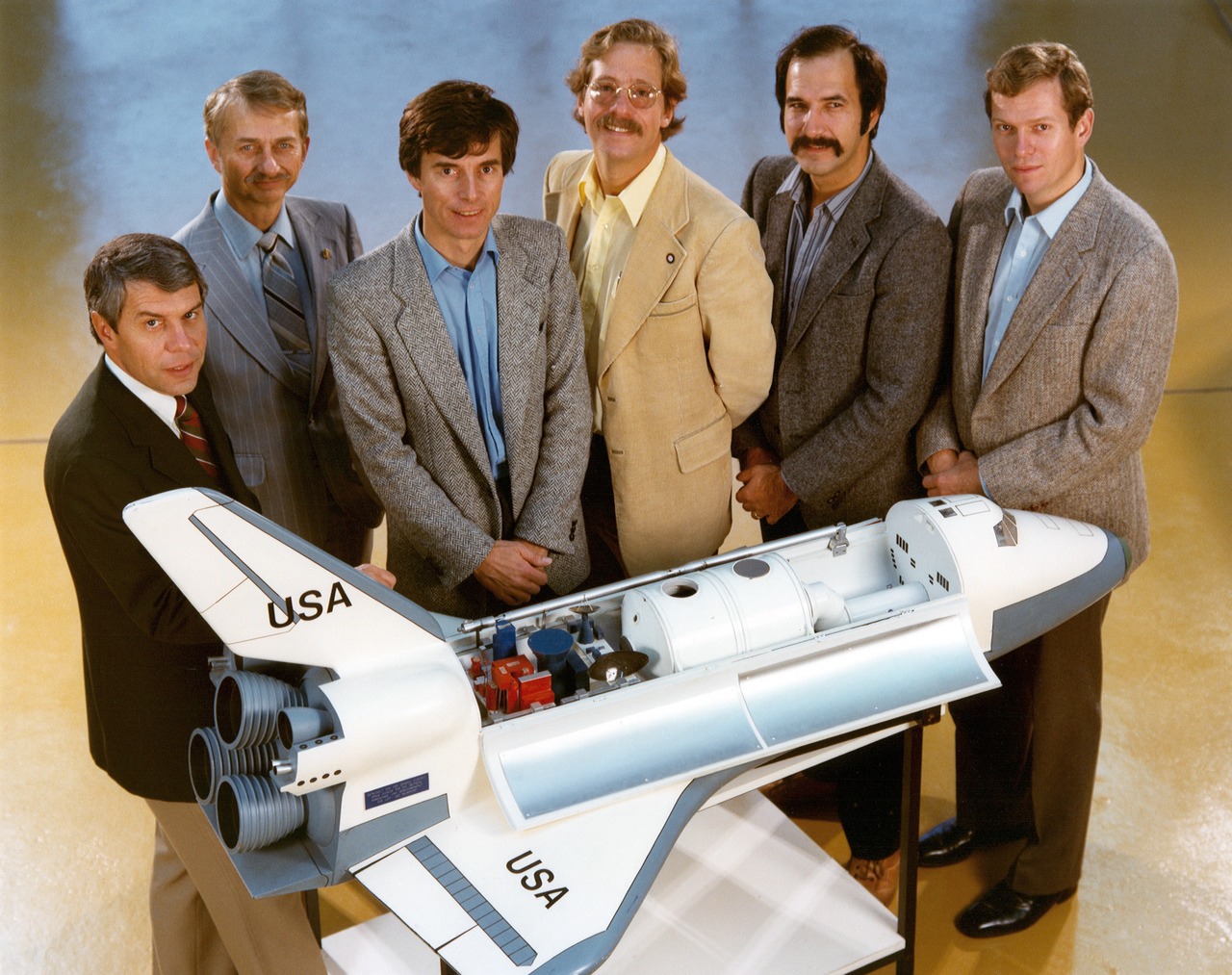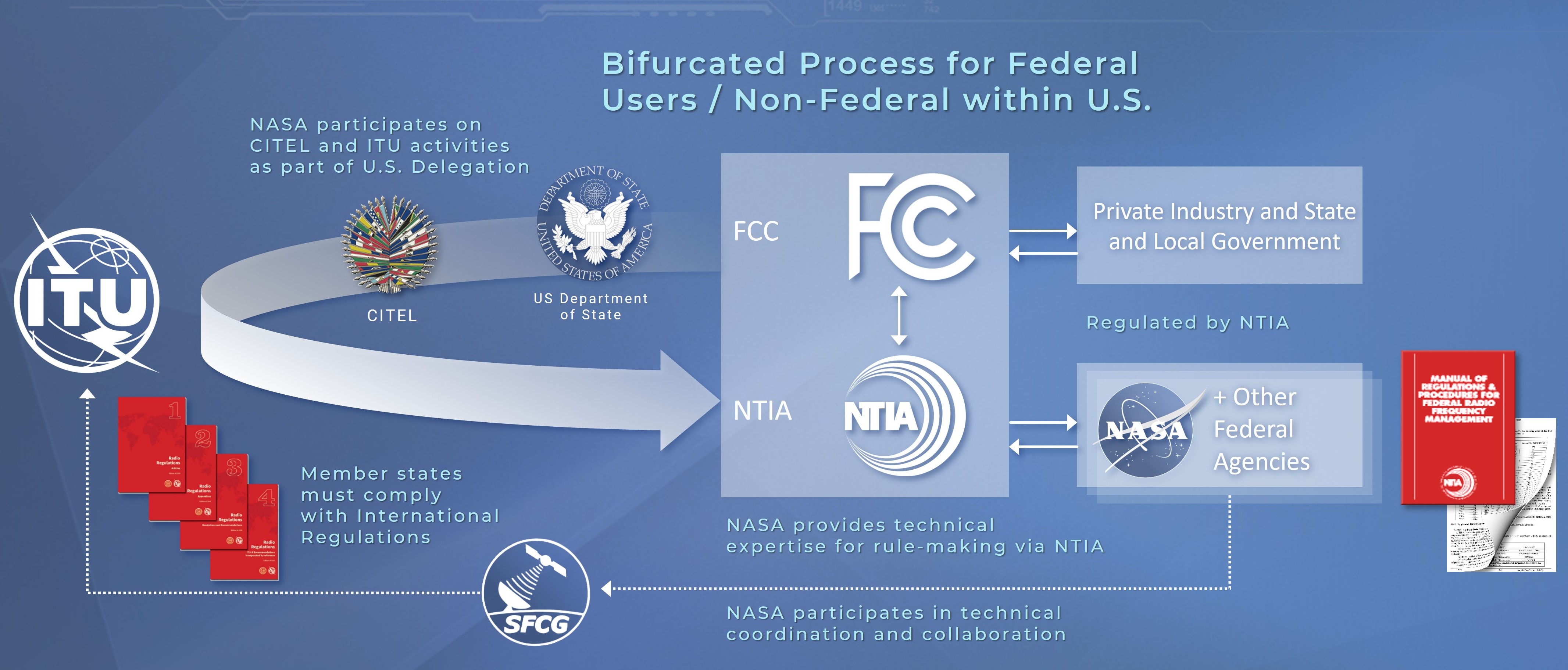Radioisotope Thermoradiative Cell Power Generator
Stephen PollyRochester Institute of Technology In this project we will continue our Phase I efforts to develop and demonstrate the feasibility of a revolutionary power source for missions to the outer planets utilizing a new paradigm in thermal power conversion, the thermoradiative cell (TRC). Operating like a solar cell in reverse, the TRC converts heat […]

3 min read
Preparations for Next Moonwalk Simulations Underway (and Underwater)
Stephen Polly
Rochester Institute of Technology
In this project we will continue our Phase I efforts to develop and demonstrate the feasibility of a revolutionary power source for missions to the outer planets utilizing a new paradigm in thermal power conversion, the thermoradiative cell (TRC). Operating like a solar cell in reverse, the TRC converts heat from a radioisotope source into infrared light which is sent off into the cold universe. In this process, electricity is generated. In our Phase I study, we showed 8 W of electrical power is possible from the 62.5 W Pu-238 pellet from a general purpose heat source using a 0.28 eV bandgap TRC operating at 600 K. The necessary array includes 1,125 cm² of TRC emitters, or just over 50% of the surface area of a 6U cubesat. With a mass (heat source + TRC) of 622 g, a mass specific power of 12.7 W/kg is possible, over a 4.5x improvement from heritage multi-mission radioisotope thermoelectric generator (MMRTG) was shown. Building on our results from Phase I, we believe there is much more potential to unlock here.
Using low-bandgap III-V materials such as InAsSb in nanostructured arrays to limit potential loss mechanisms, a 25x improvement in mass specific power and a four order of magnitude decrease in volume from a MMRTG is an early estimate, with higher performance possible depending on operating conditions. TRC technology will allow a proliferation of small versatile spacecraft with power requirements not met by photovoltaic arrays or bulky, inefficient MMRTG systems. This will directly enable small-sat missions to the outer planets as well as operations in permanent shadow such as polar lunar craters.
This study will investigate the thermodynamics and feasibility of the development of a radioisotope enabled thermoradiative power source focusing on system size, weight, power (SWaP) while continuing to integrate the effects of potential power and efficiency loss mechanisms developed in Phase I. Experimentally, materials and TRC devices will be grown including InAsSb-based type-II superlattices by metalorganic vapor phase epitaxy (MOVPE) to target low-bandgap materials with suppressed Auger recombination. Metal-semiconductor contacts capable of surviving the required elevated temperatures will be investigated. TRC devices will be tested for performance at elevated temperature facing a cold ambient under vacuum in a modified cryostat testing apparatus developed in Phase I.
We will analyze a radioisotope thermoradiative converter to power a cubesat mission operating at Uranus. This will include an engineering design study of our reference mission with the Compass engineering team at NASA Glenn Research Center with expertise on the impact of new technologies on spacecraft design in the context of an overall mission, incorporating all engineering disciplines and combining them at a system level. Finally, we will develop a technological roadmap for the necessary components of the TRC to power a future mission.
What's Your Reaction?














































